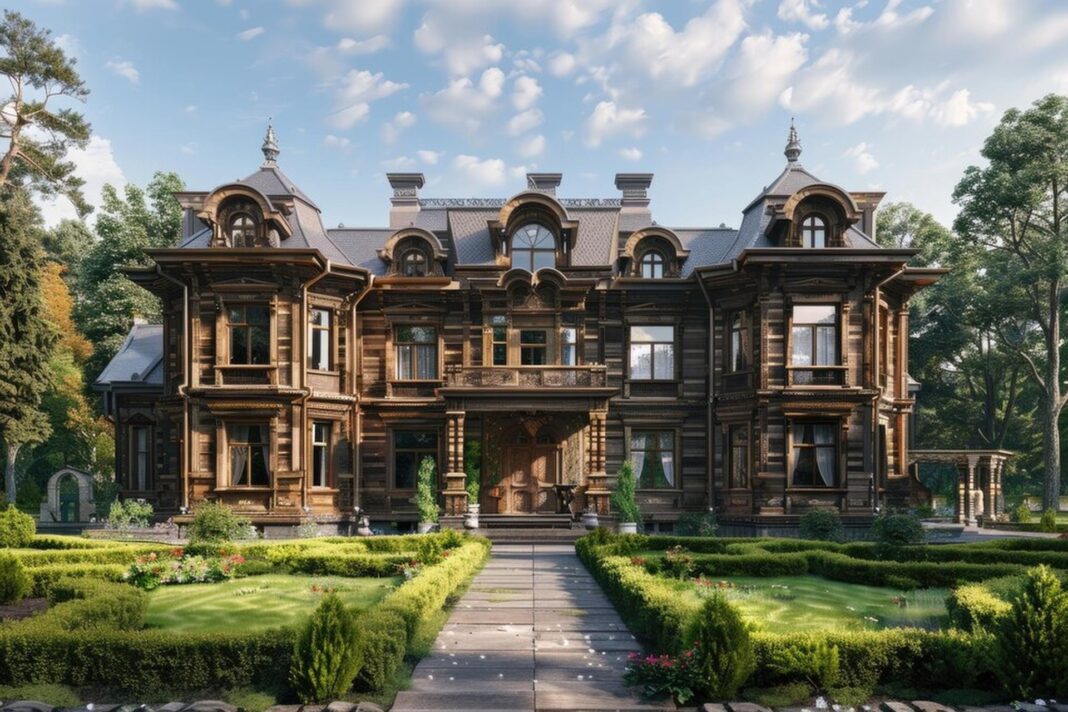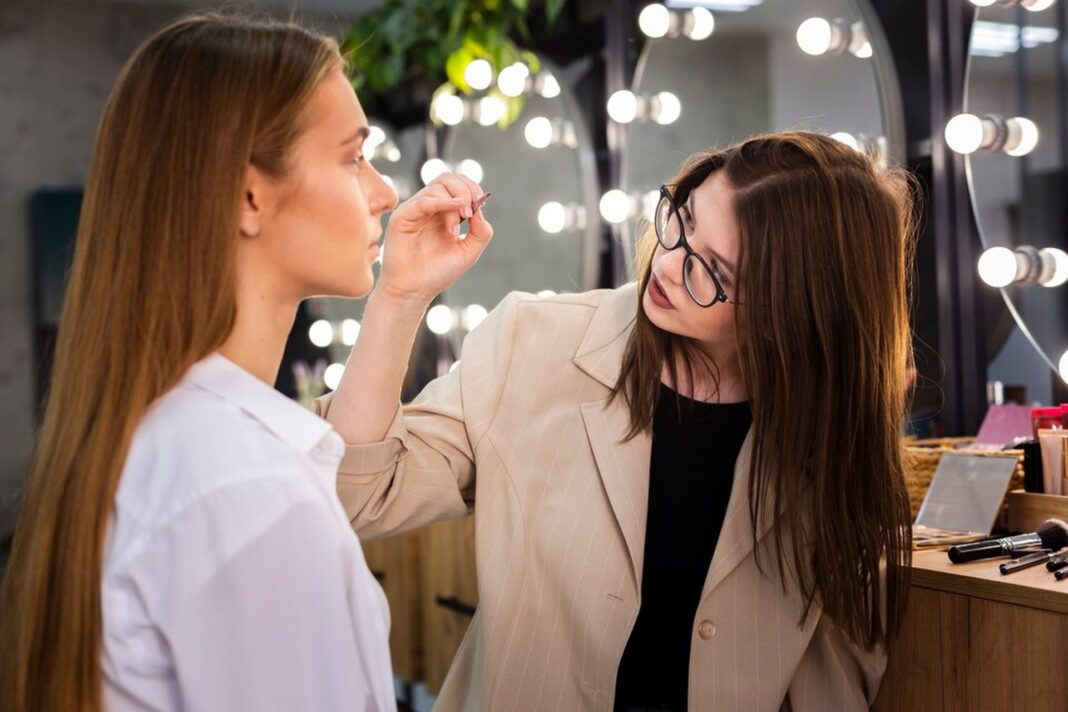The Royal Brush: Painting Through The Ages
Art constantly reflects society’s attitude and goals. This development relied on royalty. They commissioned works and influenced art. Different periods are captured in the painting. This trip through time reveals royal court ideals and tensions. Royals have led art from Renaissance splendor to current inventiveness. Their impact is evident in artists‘ styles, topics and methods.
Royal support has allowed painters to produce masterpieces throughout history. The kings‘ pictures typically reflected their personalities. They helped viewers understand their legacies. Courts became cultural hubs for creativity and innovation. Artistic expressions vary by time and area.
This shifting environment mirrors monarchs‘ changing social positions along with these changes in color composition and technique progress. Royals have also identified with their commissioned art. Paintings depict strength, faith and love. These propaganda works portrayed the monarchy as desirable. The intersection of art and politics shows how culture and government are linked.
Royal Patronage: Supporting The Arts
Art has been influenced by royal patronage. Monarchs traditionally sponsored art. This partnership typically supports artists financially. Commissioned works left an enduring legacy. Such assistance fostered creativity and experimentation.
Many famous painters became famous via royal commissions. A royal connection typically increased an artist’s prominence. This dynamic showcased talent and enhanced culture. Court sponsored events displayed bright art. Painting, sculpture , music and theater thrived with royal support.
The Renaissance saw cultural interaction. Vatican connections helped Michelangelo and Raphael create masterpieces. Royal sponsors considered art as a symbol of their authority. They strengthened their influence by supporting the arts.
Many painters explored new methods under royal supervision. Natural mythological and emotional themes thrived. The rich tapestry of creative expression is still recognized today. Many famous works may not have existed without royal support.
Symbolism And Sovereignty In Royal Art
Royal art is symbolic. Power and authority were conveyed visually by monarchs. Art typically had both aesthetic appeal and a deeper meaning. Crowns, scepters and mythology are common. They reveal the royalty beliefs and goals.
These emblems were typically presented in spectacular settings to reinforce the sovereign position. Rich colors and detailed embellishments made royal pictures spectacular. Attire conveyed virtue, loyalty and strength. These symbols molded popular opinion of monarchy and reminded people of their divine right to reign.
Different civilizations used symbols differently. Eastern dynasties used mythology while European kings used Christian imagery. The dynamic symbols show historical changes in government religion and national identity.
Royal art shows leadership complexity. Monarchs adapt tales to their people using imagery. This delicate balance between art and power endures. Symbol interpretation reveals the past and intrigues present viewers.
Cultural Heritage: Preserving Traditions
Cultural preservation is vital to societies. Traditions express identity and history fostering belonging. Royal families have preserved culture. Their assistance has preserved art and culture.
This engagement has boosted traditional artisan esteem. Under royal assistance inherited skills have thrived. Royal advocacy boosted workshops, festivals and education. The appreciation of traditional arts emphasizes their social value.
Royal patronage also helped chronicle history. Royal families‘ archives, libraries and galleries preserve precious items. These organizations teach citizens about their culture. They promote traditional values.
Preserving these traditions is difficult in today’s globalized environment. Modern royals take this job with enthusiasm. Engaging local communities boosts pride and ownership. Cultural heritage preservation preserves valued activities. These rich traditions are essential for future generations.
The Influence Of Royal Fashion On Society
Royal fashion has always influenced social trends. Royals‘ clothes and accessories establish trends. Elite styles rapidly spread to the people. Royal identity has been expressed via fashion.
Clothing may convey prestige, position and politics. Textile colors and patterns have public connotations. Cultural and historical contexts influence royal costumes. This dynamic links royals and social conventions.
Fashion changes with society. Royal engagements typically highlight popular trends. Designers try to emulate the regal look. Collaborations may create era defining works.
The royal dress may motivate social movements beyond aesthetics. Certain styles have been adopted amid political transition. Royal fashion changes typically reflect societal beliefs. The lengthy history of royal dress and culture is intriguing and impactful.
How Has Royal Art Influenced Popular Culture?
Royal art has influenced popular culture throughout history. Contemporary painters draw inspiration from Royal Commission themes, styles and methods. Royal art remains popular due to its majesty and symbolism. Films, TV and ads use royal artwork and visual narrative. Royal portraits inspire many contemporary works of art that combine history and style.
Royal art has influenced literature and music with its storylines. Ancient and contemporary stories emphasize power, love , betrayal and devotion. These topics stay current helping artists connect with audiences. Public involvement in royal art shows boosts cultural appreciation. Events like this showcase royal art’s rich history and encourage discussion about its significance today.
How Do Modern Royals Interact With Artists?
Modern royals interact more with artists. Royal families often sponsor arts and cultural programs. They attend gallery openings, exhibits and concerts to promote local artists. These linkages connect tradition and modernity.
Social media is key to this involvement. Royals share their work and artist experiences online making them accessible. They stimulate art exploration by doing so. These programs foster royal artist cooperation. Some royals create foundations to help young talent. This shows their dedication to innovation and originality.
The royals‘ engagement with the arts shows their cultural awareness. They honor royal patronage by engaging artists. This exchange enhances cultural landscapes and fosters creative expression.



